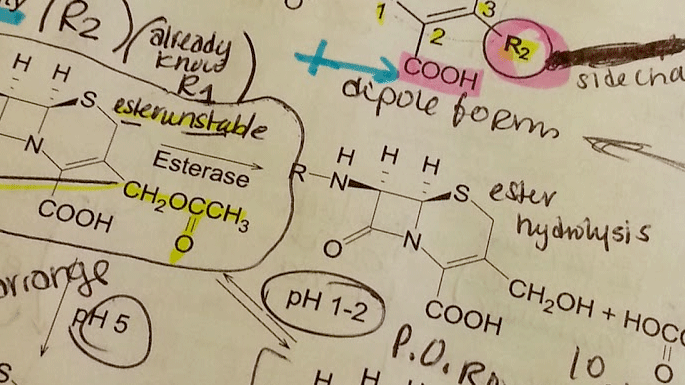Chemistry
Chemistry is the branch
of science that studies the composition, properties and interaction of matter.
But chemistry has got a bad reputation and the word chemical is used as a
synonym for toxin. People are not considering the fact that our body itself is
a chemical plant where a lot of chemical elements are present and a variety of
chemical reactions are taking place in it.
Chemistry And Human Body
Almost 60 chemical elements are found in human body.
But 99% of the mass of the human body is made up of just six elements – Oxygen,
Carbon, Hydrogen, Nitrogen, Calcium and Phosphorous. Remaining are other
elements of periodic table in small quantities.
Few examples for chemistry in our body are:
- Bones are made of calcium phosphate.
- Blood requires iron in it to carry oxygen.
- Membranes are
made up of phospholipid molecules.
Elements in human body
1.
Oxygen (O) – 65%
Oxygen together with hydrogen forms water in
the body and is used to regulate temperature and osmotic pressure.
2.
Carbon (C) – 18%
Carbon plays a key role because of its four bonding sites. Carbohydrates, fats, nucleic acids and proteins are build using carbon chains. In stomach, the breaking of carbon bonds will release energy in the form of calories and we call it as digestion.
3.
Nitrogen (N) –
3%
Nitrogen is found in amino acids that makes up protein and in nucleic acids that makes up DNA – the genetic code.
4.
Calcium (Ca) –
1.5%
It is the
most abundant mineral in the body which is essential for muscle contraction and
5.
Phosphorous (P)
– 1.0%
Phosphorous is found in the ATP molecule – the primary energy carrier in
cells. It is also found in cells.
6.
Potassium (K) –
0.35%
Potassium
is an important electrolyte which is used to transmit nerve impulses and
heartbeat regulation.
7.
Sulphur (S) – 0.25%
Sulphur is
found in two amino acids. They helps in giving shape to the proteins.
8.
Sodium (Na) – 0.15%
It is an another important electrolyte that is vital
for nerve signaling. It also helps regulate the amount of water in the body.
9.
Chlorine (Cl) –
0.15%
It is the negatively charged ion (anion) used to
maintain fluid balance.
10. Magnesium
(Mg) – 0.05%
It is used to build the structure of muscles and
bones. It is an important cofactor in enzymatic reactions and is involved in
over 300 metabolic reactions.
11.
Iron (Fe) – 0.006%
It is found in hemoglobin, which is responsible for oxygen transport in red blood cells.
12. Copper (Cu) – 0.0001%
It is an important electron donor in various
biological reactions. Iron will work properly only if enough copper is present in the body.
13.
Iodine (I) – 0.000016%
It is required for making thyroid
hormones which regulate metabolic rate and other cellular functions.
hormones which regulate metabolic rate and other cellular functions.
14.
Selenium (Se) –
0.000019%
It is essential for certain enzymes,
includingseveral anti-oxidants.
15.
Chromium (Cr) –
0.0000024%
It helps to regulate sugar levels by interacting with insulin.
16.
Many elements
like Molybdenum (Mo), Fluorine (F), Manganese (Mn), Cobalt (Co), Lithium (Li),
Stronium (Sr) etc are present in trace amounts.
Everything
you do is chemistry….stay tuned to know more about the wonderful facts about
chemistry…







Comments
Post a Comment